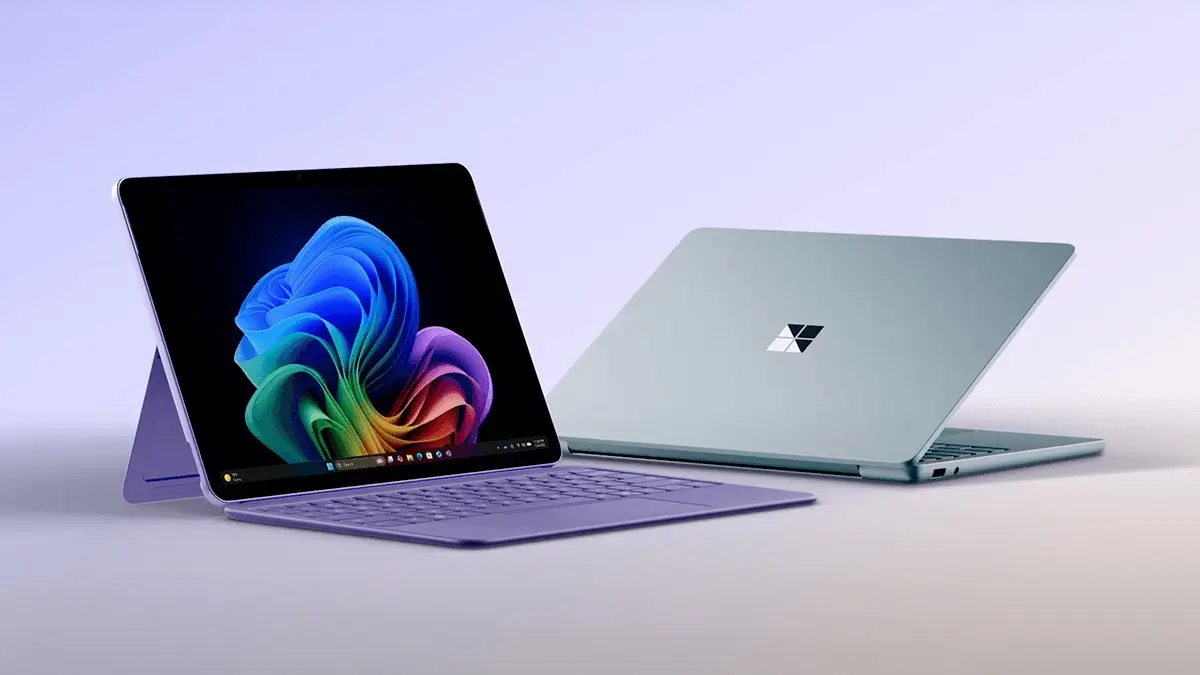In today’s world of digital learning and online classes, every student needs a reliable device for studying, assignments, and entertainment. Two popular choices are laptops and tablets, but which one is better for students?

The answer depends on your study needs, budget, and lifestyle. Both laptops and tablets have unique benefits and limitations. This article will guide you through:
- Key differences between laptops and tablets.
- Pros and cons of each for students.
- Which device suits different courses and age groups.
- A detailed feature comparison.
- Budget considerations and recommendations.
- Final verdict.
Laptop vs Tablet: The Core Difference.
Before we decide which is better, let’s understand the main differences:
| Feature | Laptop | Tablet |
|---|---|---|
| Form Factor | Clamshell, with a full keyboard | Touchscreen, lightweight |
| Performance | Powerful (multi-tasking) | Limited to basic/moderate tasks |
| Input | Keyboard + Trackpad/Mouse | Touchscreen (Stylus optional) |
| Operating System | Windows/macOS/Linux | iOS/Android |
| Apps/Software | Full desktop software | Mobile/tablet apps |
| Battery Life | 6–12 hours | 8–15 hours |
Advantages of Laptops for Students.
1. Perfect for Assignments and Writing.
Laptops come with a physical keyboard, which makes typing essays, reports, or coding much faster and more comfortable.
2. Supports Heavy Software.
Engineering, design, and business students often need software like:
- Microsoft Office (full version).
- AutoCAD, MATLAB.
- Photoshop, Premiere Pro.
- IDEs for coding (e.g., VS Code, PyCharm).
3. Better Multitasking.
Laptops can easily run multiple apps side by side—Zoom + Word + Chrome tabs—without slowing down.
4. Higher Storage & Connectivity.
- 256GB–1TB storage capacity.
- Ports for USB, HDMI, and external hard drives.
- Easy to connect printers or projectors.
5. Durable & Long-Term Investment.
A good laptop can last 4–6 years with upgrades and proper maintenance.
Advantages of Tablets for Students.
1. Lightweight and Portable.
A tablet is smaller and lighter, making it easy to carry in a backpack or handbag.
2. Perfect for Note-Taking.
With a stylus (like Apple Pencil or Samsung S Pen), you can:
- Handwrite notes.
- Draw diagrams.
- Annotate PDFs.
- Highlight text in e-books.
3. Long Battery Life.
Most tablets last 10–15 hours on a single charge, which is perfect for a day of classes.
4. Instant Access and Ease of Use.
- Boots up in seconds.
- Ideal for reading, browsing, and watching video lectures.
- Great for younger students (Grade 1–8).
5. Budget-Friendly Options.
Basic tablets start at ₹10,000–₹15,000, much cheaper than most laptops.
Which Device Is Best by Education Level?
| Education Level | Best Device | Reason |
|---|---|---|
| Primary/School (1–8) | Tablet | Easier for e-learning and reading |
| High School (9–12) | Laptop | Needed for typing and research |
| College/University | Laptop | Essential for projects and software |
| Art/Design Students | Tablet + Stylus | Best for drawing and sketching |
Laptop vs Tablet: Feature Comparison. ⚖️
| Feature | Laptop | Tablet |
|---|---|---|
| Typing Speed | ✅ Excellent | ❌ Slow (unless with keyboard) |
| Note-Taking | ❌ Limited | ✅ Best with stylus |
| Software Capability | ✅ Full desktop apps | ❌ Mobile versions only |
| Portability | ❌ Heavier (1.5–2.5 kg) | ✅ Super light (0.5–1 kg) |
| Battery Life | 6–12 hours | 10–15 hours |
| Storage | 256GB–1TB | 32–256GB (expandable in some) |
| Price Range (India) | ₹30,000+ | ₹10,000–₹30,000+ |
Budget Considerations.
Laptop Price Range (India, 2025):
- Entry-level: ₹30,000–₹45,000.
- Mid-range: ₹45,000–₹70,000.
- High-end: ₹70,000+.
Tablet Price Range (India, 2025):
- Budget: ₹10,000–₹15,000.
- Mid-range with stylus: ₹20,000–₹40,000.
- Premium: ₹50,000–₹90,000+ (iPad Pro, Galaxy Tab S).
Best Devices for Students (2025).
Laptops:
- HP Pavilion 14/15.
- Lenovo IdeaPad Slim 5i.
- Dell Inspiron 15.
- Apple MacBook Air (M2).
Tablets:
- Apple iPad (10th Gen) + Apple Pencil.
- Samsung Galaxy Tab S9 FE.
- Xiaomi Pad 6.
- Lenovo Tab M10 (budget).
Final Verdict: Which Should You Choose?
Choose a Laptop if you:
- Are in high school or college.
- Need to type, code, or use heavy apps.
- Want a device that lasts for years.
- Need large storage for projects and files.
Choose a Tablet if you:
- Are in primary or middle school.
- Take handwritten notes or draw.
- Want a budget-friendly, lightweight option.
- Mostly read e-books or attend online classes.
Best Combo: Many students today use both—a laptop for heavy work and a tablet for notes and reading.
Final Thoughts.
There’s no single winner between laptops and tablets. It all depends on your study needs, usage, and budget. For students in higher classes or universities, a laptop is generally better. But for younger students or creative learners, a tablet with stylus support can be a game-changer.
Which device do you use for studying? Do you prefer laptops, tablets, or both? Share your thoughts in the comments!
Would you like me to create an SEO-optimized version of this article with meta description, target keywords, and FAQs to rank higher on Google?
Leave a Reply